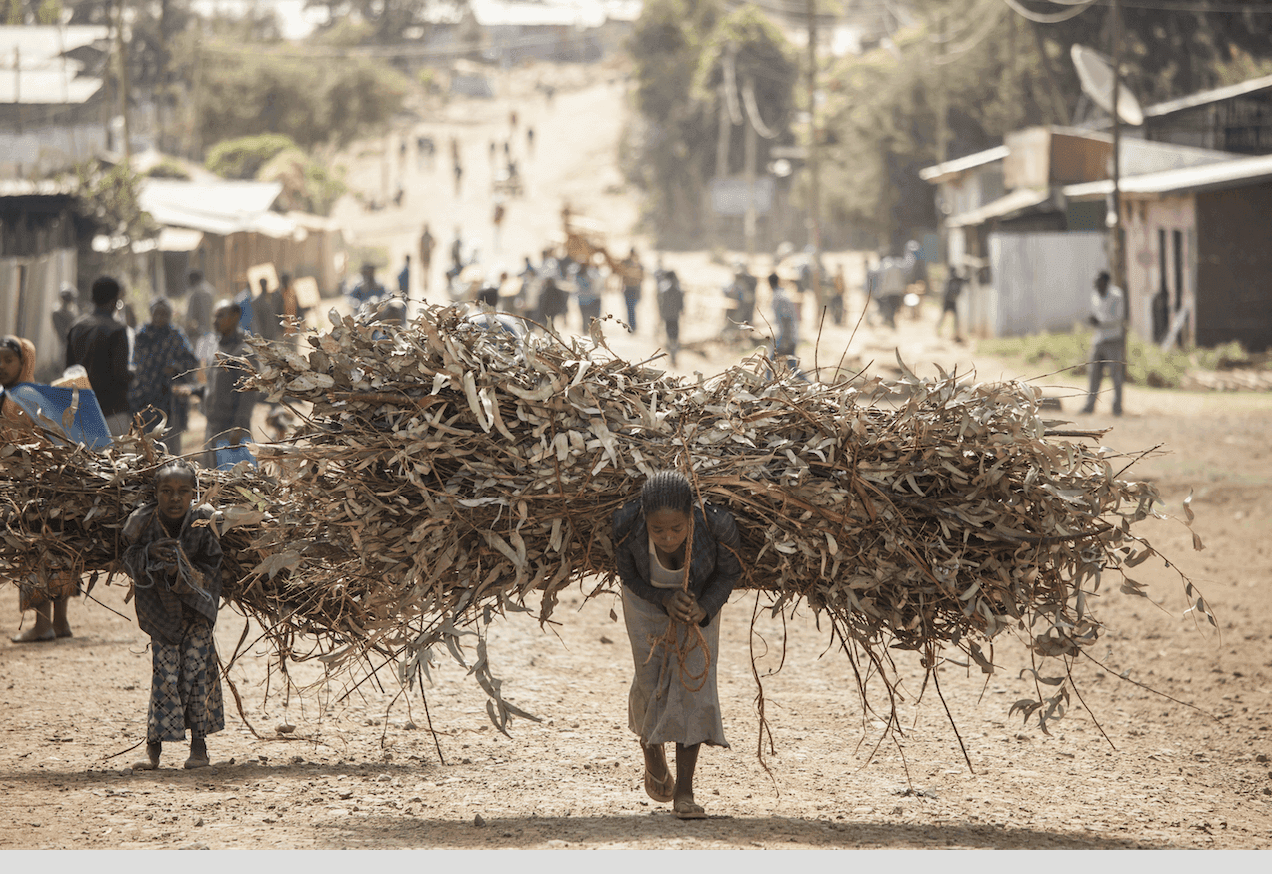Defining Child LabourIn Child Labor - On August 18, 2016 - 0 comments
From the blog of Audrey Decker, SAM co-founder

You may have heard it, or you may think it yourself:
“child labour is not so simple. The family sends their kids to work because they cannot work so many hours. Or they don’t find a job. So they prefer to send their kids.”
As much as some child works are acceptable, most of them are not. And this is what I will explain here, thanks to the supports of ILO’s material
Not all children works are considered to be Child Labor
http://www.ilo.org/wcmsp5/groups/public/@ed_norm/@ipec/documents/publication/wcms_221513.pdf
The drawing from ILO explains it well. Not all children employments are considered to be “child labor”.
A work that does not affect health, personal development and that does not interfere with school is regarded as something positive, not as labor. This includes activities such as helping their parents around the home, assisting in a family business or earning pocket money outside school hours and during school holiday.
Out of 265 million, 97 million children are working in “acceptable conditions” (ILO, 2014).
What is considered to be “Child Labor”?
According to ILO, the term “child labor” is defined as work that deprives children of their childhood, their potential and their dignity, and that is harmful to physical and mental development. It refers to work that:
– is mentally, physically, socially or morally dangerous and harmful to children; and interferes with their schooling.
– deprives them of the opportunity to attend school;
– obliges them to leave school prematurely; or
– requires them to attempt to combine school attendance with excessively long and heavy work.
168 million children are working as child laborers (ILO, 2014).
On top of being armful, child labor compromises children’s ability to receive an education. As such it destroys the human capital needed for economic growth and perpetuates the cycle of poverty.
The worst forms of child labor
In its most extreme forms, child labor involves children being enslaved, separated from their families, sold into prostitution, exposed to serious hazards and illnesses and/or left to fend for themselves on the streets of large cities – often at a very early age.
The priority of the international community is to eliminate without delay the worst forms of child labor as defined by Article 3 of ILO Convention No. 182:
? 85million children are still working in the worst form of child labor (ILO, 2014).
To summarize (ILO):
The chart above shows progress. Yet too many children are still deprived of their dignity and their childhood. This is all together that we can make a difference and advance human rights. With SAM, our goal is to do our share!
0 comments
Leave a Reply
CategoryMost popular categories
-
Child Labor What's happening on the Child Labor side?

Follow-us onSearch posts by category








